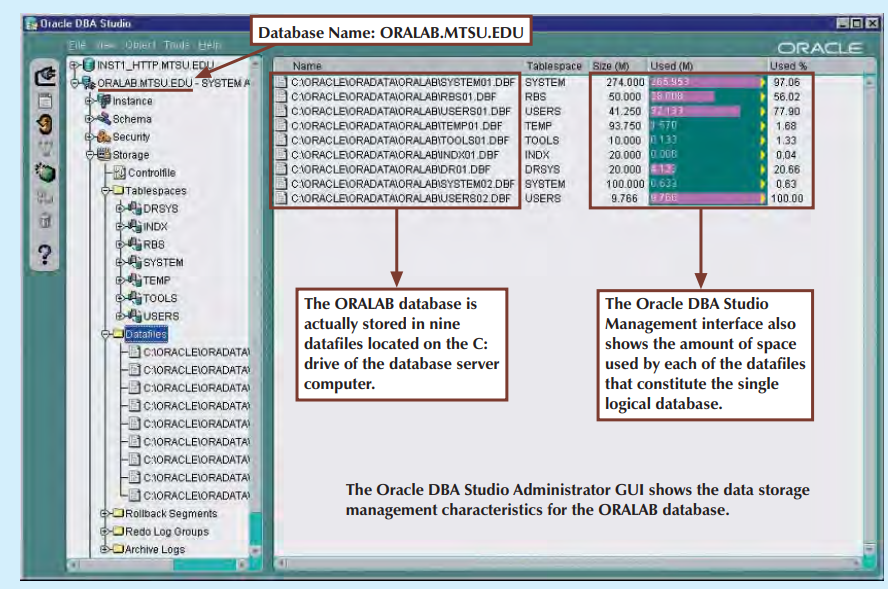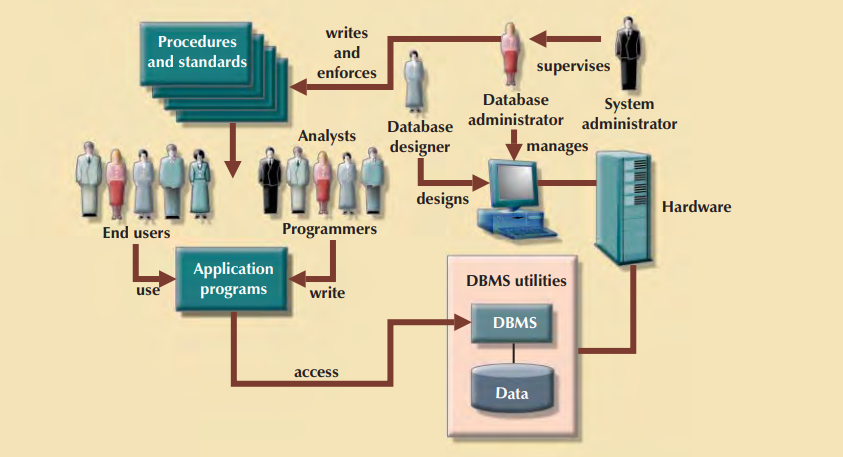The Evolution Of Data Models
The quest for better data management has led to several models that attempt to resolve the file system’s critical shortcomings. These models represent schools of thought as to what a database is, what it should do, the types of structures that it should employ, and the technology that would be used to implement these structures. … Read more


